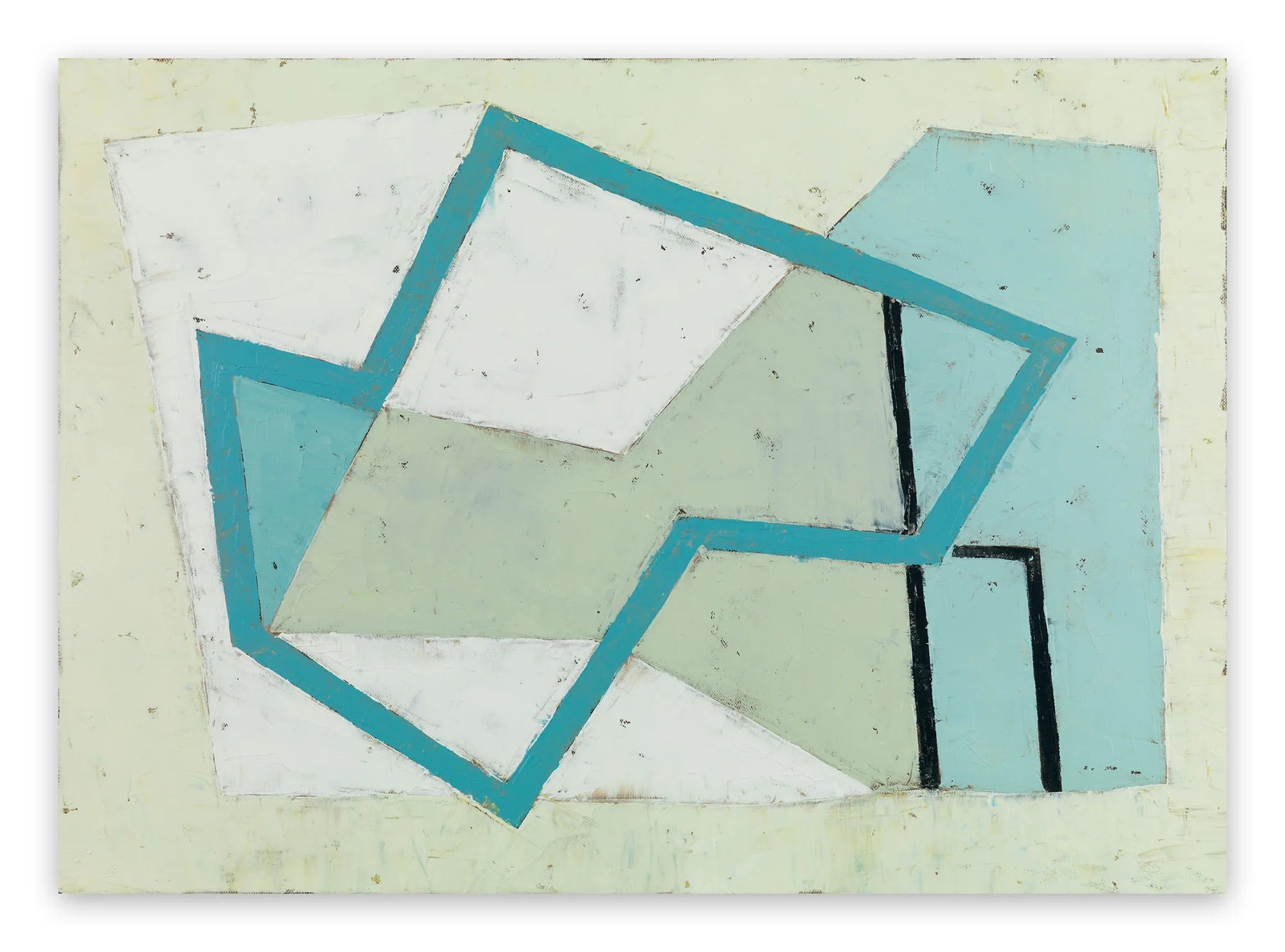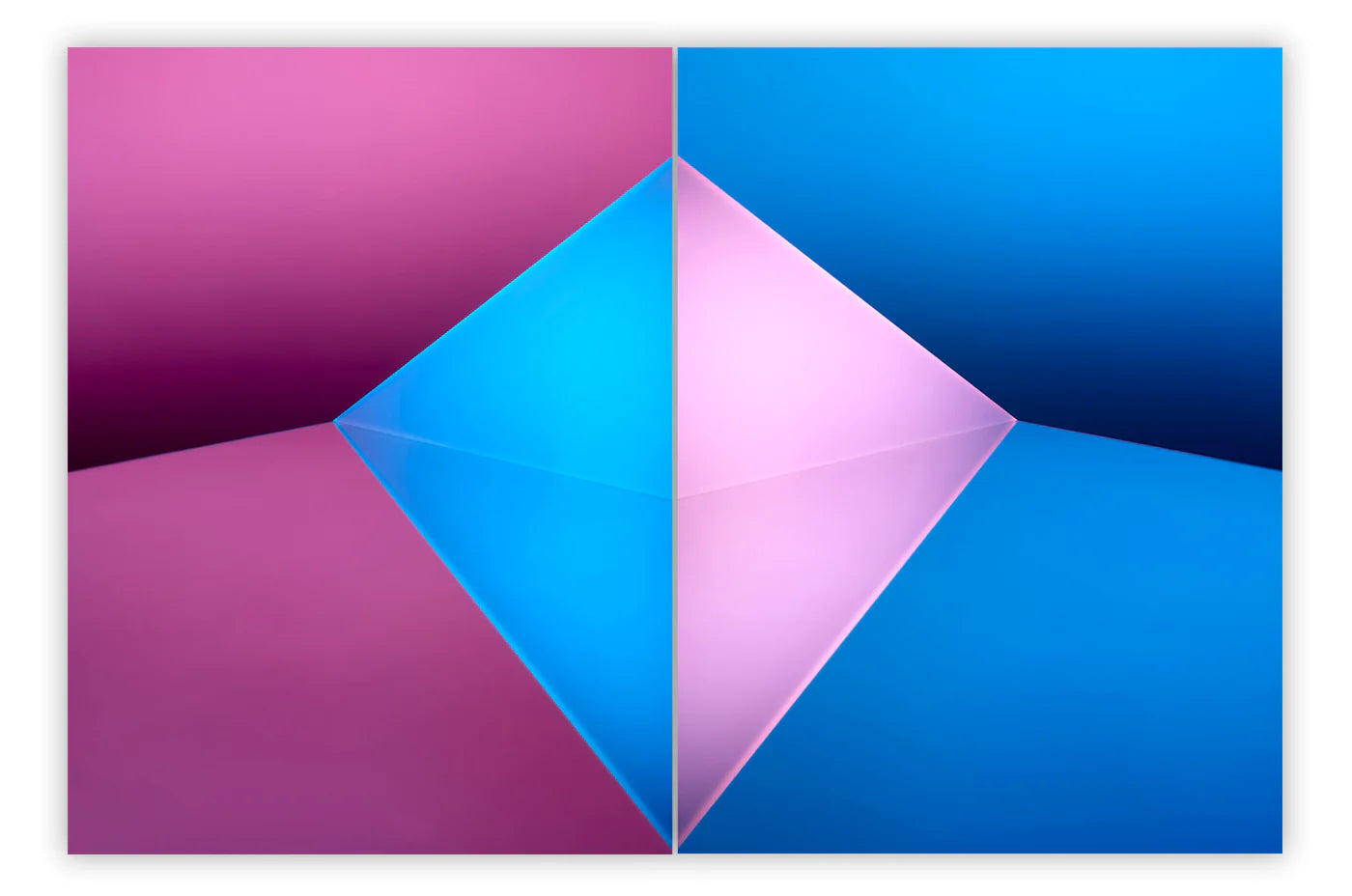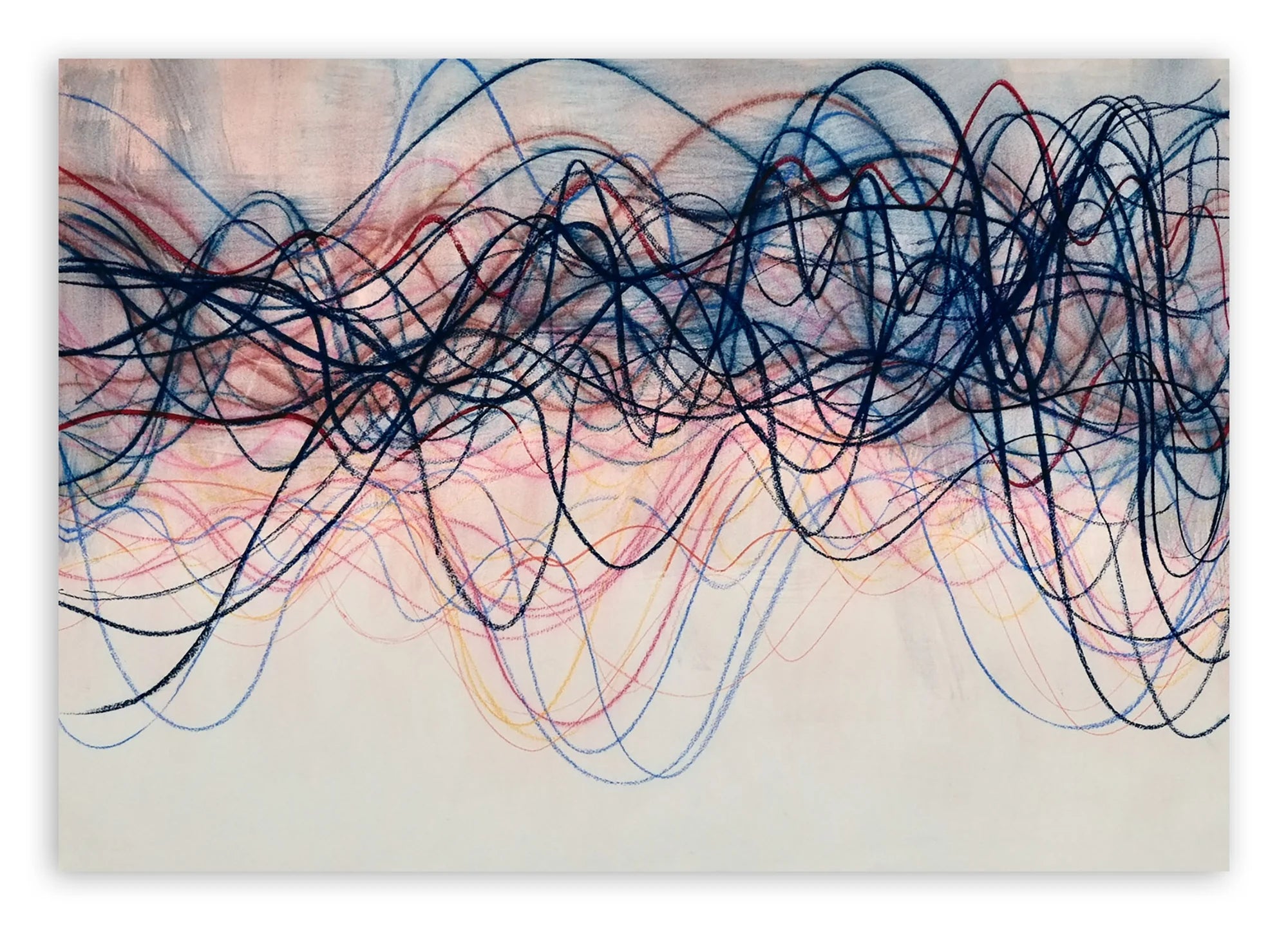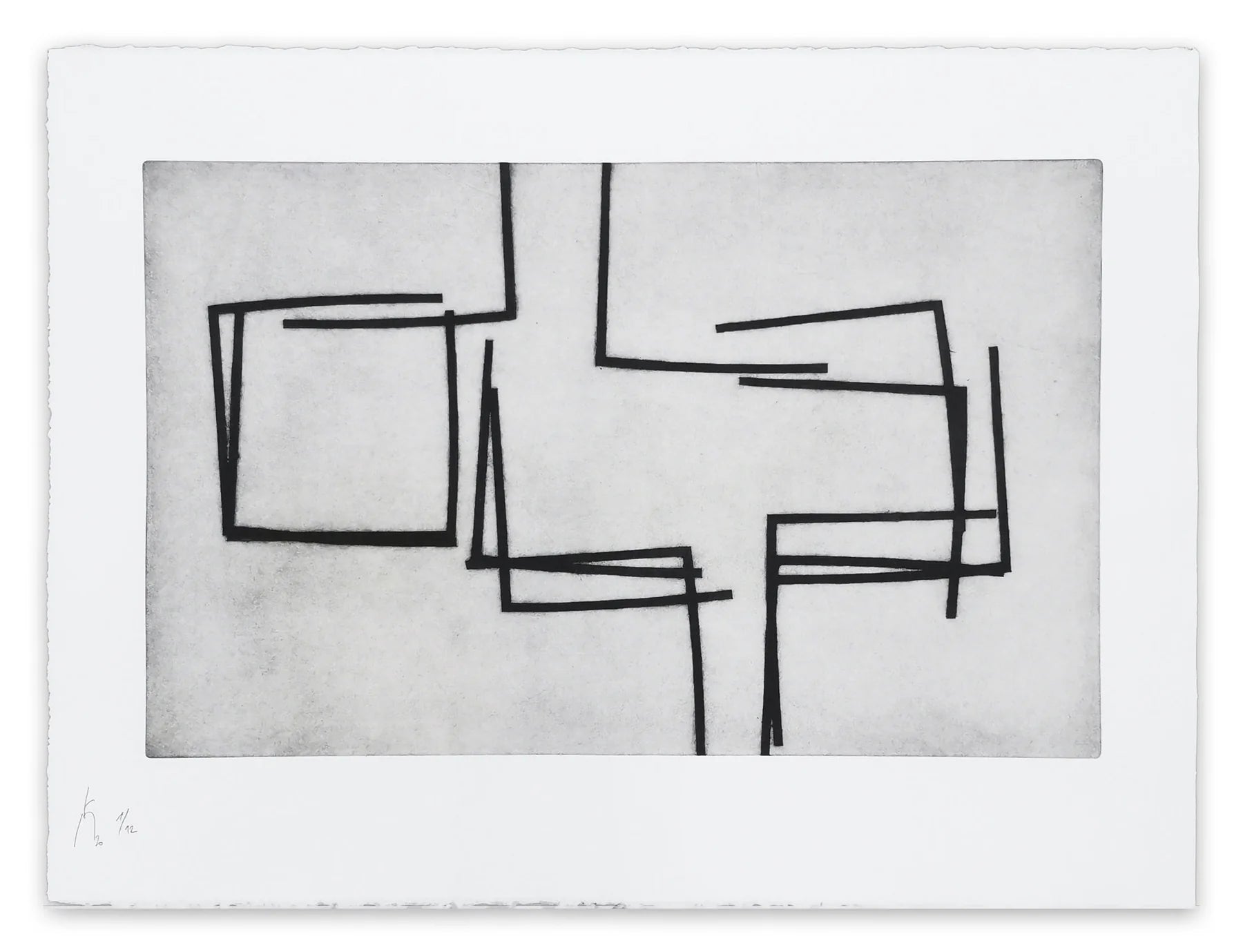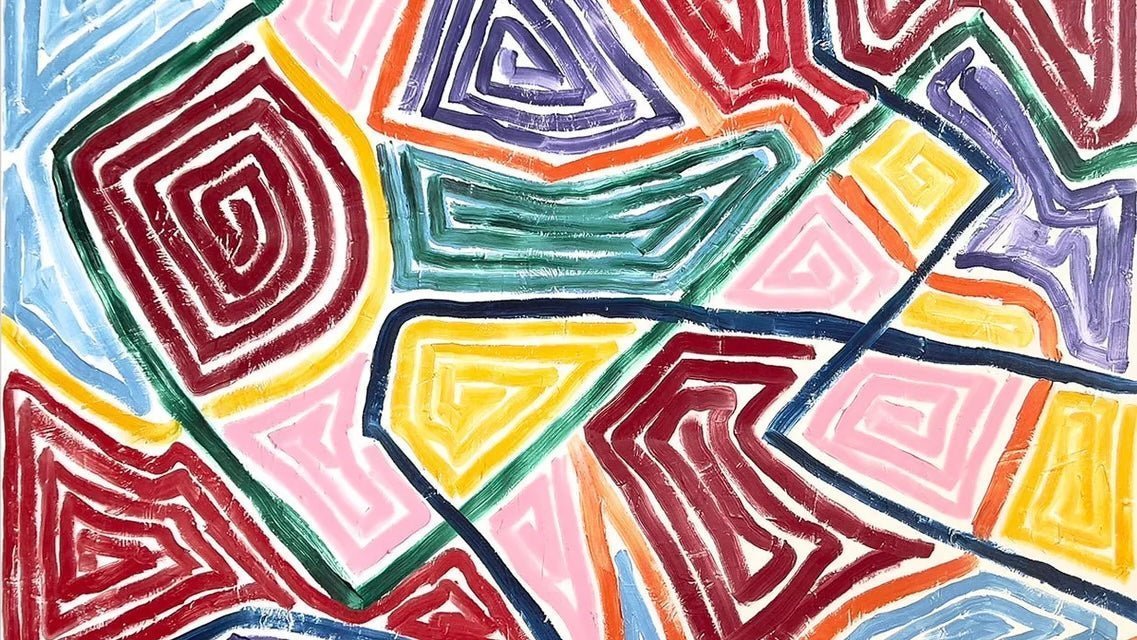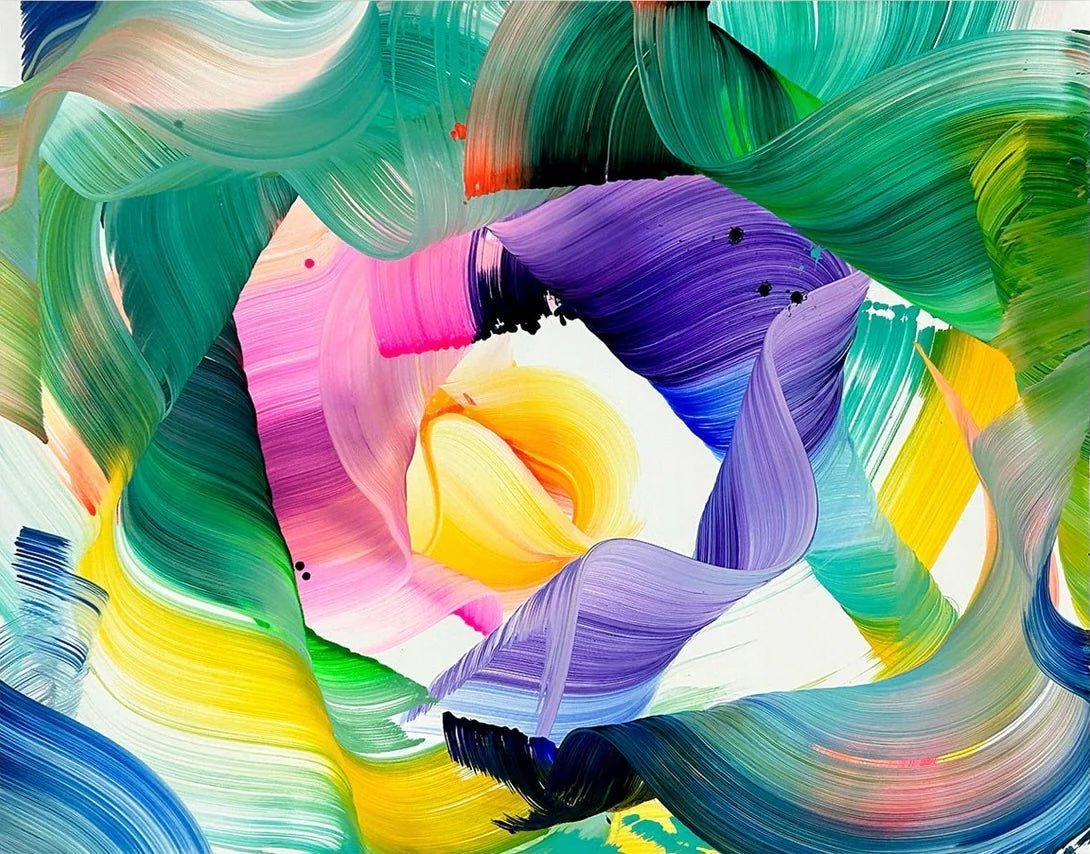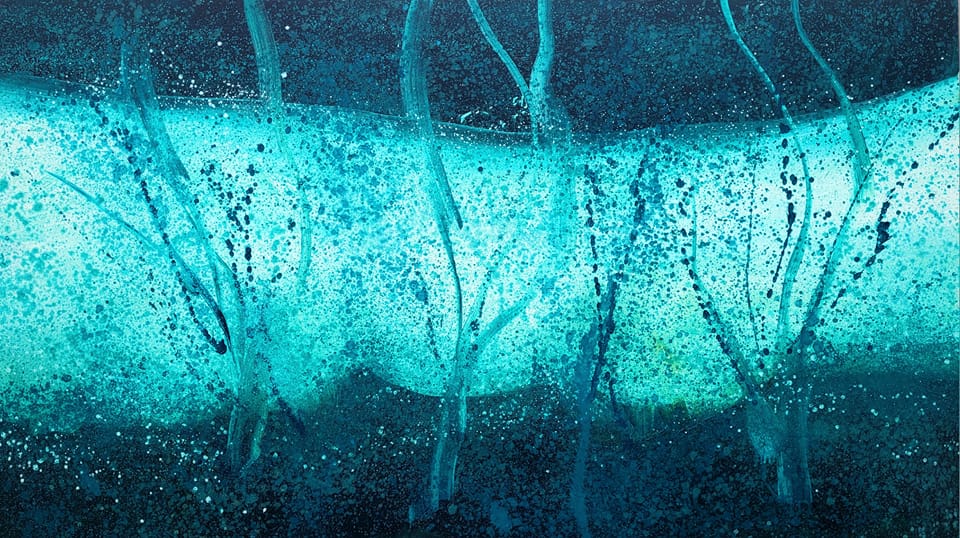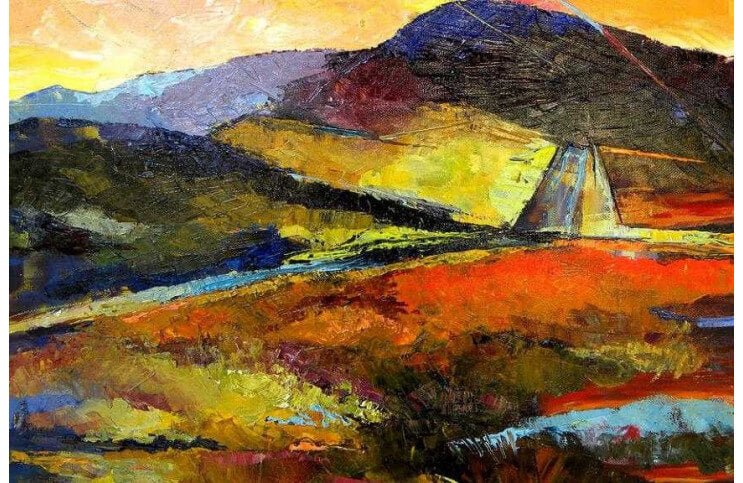
The Story of the Abstract Landscape in Art
Abstraction is art’s Eminem. It came to challenge our perceptions. Consider what abstraction did for landscape painting. For centuries landscapes ranked pitifully low (just above animal paintings) in the French Académie’s official hierarchy of artistic genres. But abstract landscape art defied that outdated, Bourgeois outlook. Abstraction completely transformed the conceptual definition of what landscapes can be, and the ways they might be explored in contemporary art.
The Roots of Abstract Landscape Art
The Greeks were painting nature-scapes 1500 years ago. Chinese artists were, too, though their works aren’t traditionally called landscapes because of the commonplace presence of tiny human figures. But it wasn’t until the 16th Century when nature became an acceptable subject matter for European painters. That’s when Dutch artists began making what they called “landschap” paintings, images entirely composed of land-based nature scenes. But it was still another 200 years after that when the French Académie accepted landscape painting as a valid genre. And although they minimized its potential at first, once the institutional European powers accepted landscape painting as legit, it changed everything.

Debra Ramsay - One Year, Yellow Trail, Landscape As Time, 2014. Acrylic on polyester film. 66 x 200 cm
What Landscape Art Gave Abstraction
In the Mid-1800s, landscape artists began utilizing a style of painting called “plein-air,” or open-air painting. Plein-air brought painters away from their studios to paint outside. This instantly made landscape painting the most sensual way a painter could work. Compare the alternatives of historic or religious paintings, portraits, slices-of-life, still lives or animal scenes. Plein-air painting offered a world of sensual delights, such as the flickering of light off water, the changing colors of the sky, the miraculous multitude of colors lines and forms in nature.
Plein-air painting contributed directly to Impressionism’s focus on capturing the qualities of light, and to Post-Impressionism’s experimentations with color and movement. Consider Vincent van Gogh’s “The Starry Night,” a Post-Impressionist landscape masterpiece from 1889. In it, van Gogh attempts to convey emotion rather than reality, a demonstration of landscape painting as a perfect vehicle for the general artistic quest to convey the “sense” of a subject rather than its precise image.

Vincent van Gogh - The Starry Night, 1889. Oil on canvas, 29 x 36 1/4" (73.7 x 92.1 cm). MoMA Collection. Acquired through the Lillie P. Bliss Bequest (by exchange). Conservation was made possible by the Bank of America Art Conservation Project. © MoMA
What Abstraction Gave Landscape Art
Early abstract artists raised the stature of landscape painting by utilizing it as a genre of choice to convey their rapidly evolving methods. Georges Braque prolifically painted Fauvist landscapes, celebrating vivid, arbitrary color choices that boldly rejected the realistic palette of the depicted scene. Later, Braque, Pablo Picasso, and Albert Gleizes, the leading voices of Cubism, routinely utilized landscapes as ideal subjects through which to explore their groundbreaking ideas.
Hans Hofmann, one of history’s most influential abstract artists, was an avid painter of landscapes, gradually developing through them his iconic visual. Hofmann taught many of the leading abstract painters of the 20th Century, and directly or indirectly posed the question to them of what the word landscape could potentially come to mean.

Sarah Hinckley - It Starts With Just a Little Glance (1), 2007. 17.7 x 13 in. © Sarah Hinckley
Enter the Inscape
For example, must a landscape reference the land? The Chilean Abstract Expressionist painter Roberto Matta was both influenced by and championed by Hans Hofmann in the 1950s. Matta coined the term “inscape” for abstract paintings he made exploring the psychoanalytical landscape of the human mind. Matta’s “inscapes” included human thought-space within the realm of “land.” His works blended abstraction and surrealism, wildly expanding the concept of what a landscape could be.
Jackson Pollock and Helen Frankenthaler, two of the most famous Abstract Expressionists, both painted landscapes prior to finding the voices that ultimately made them famous. Pollock’s landscapes are Expressionistic, conveying the depth and mastery of color that later helped define him. Frankenthaler’s landscapes relate so strongly to her Color Field works that they question the boundary between representation and pure abstraction.

Tom McGlynn - Test Pattern 8 (Naples), 2005. Acrylic on Fabriano paper. 55.8 x 83.8 cm
The Contemporary Abstract Landscape
Abstraction’s past conceptual triumphs allow contemporary painters total freedom to explore new perspectives on the landscape. Sarah Hinckley creates paintings using broad swaths of diffused color that align in ways suggestive of horizons. A native of Cape Cod, Hinckley’s inspired by impression made at the convergence of sand and sea. Her work hints at such impressions, relying on color and texture to convey nature’s essence.
Though differently inspired, painters Tom McGlynn and Debra Ramsay are both expanding the conceptual boundaries of how an artist’s surrounding landscape might be depicted. McGlynn creates minimalist paintings consisting of rectangular blocks of color arranged on a white canvas. To find this visual language, McGlynn reduces and abstracts elements of the urban landscape. Ramsay similarly creates arrangements of colored blocks, lines and geometric shapes. To find her visual language, she reduces and abstracts elements of changing colors from natural elements of a wilderness landscape.
Artists like McGlynn and Ramsay expand the notions of how landscapes are explored and understood. Without referencing traditional landscapes, they present abstracted images of their surroundings. In the tradition of abstract artists before them, they attest to the idea that the concept of landscape contains multitudes of intriguing perspectives waiting to be explored.
Featured image: Peggy Wilson - Abstract Landscape II. © Peggy Wilson
All images used for illustrative purposes only
By Phillip Barcio
